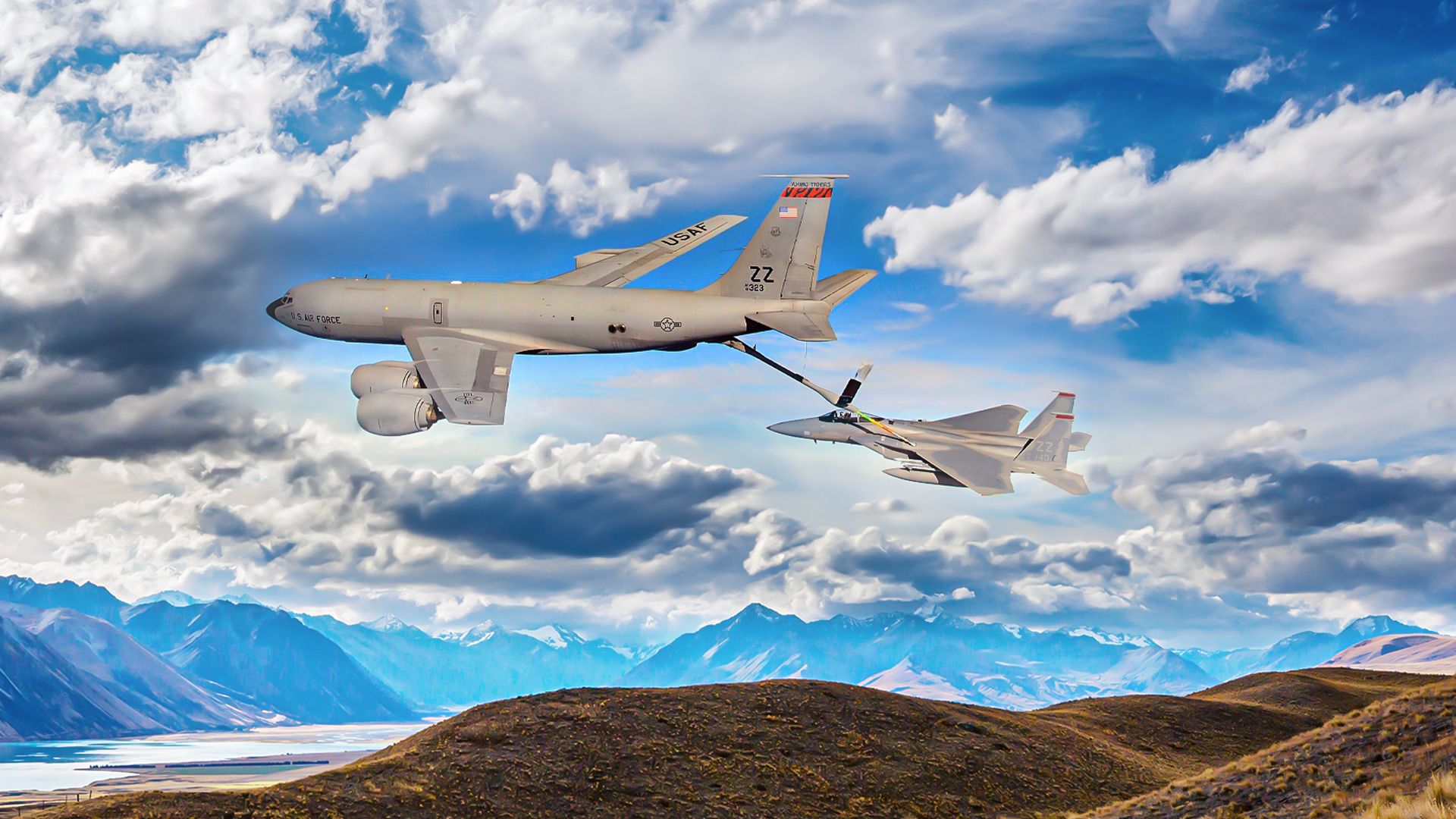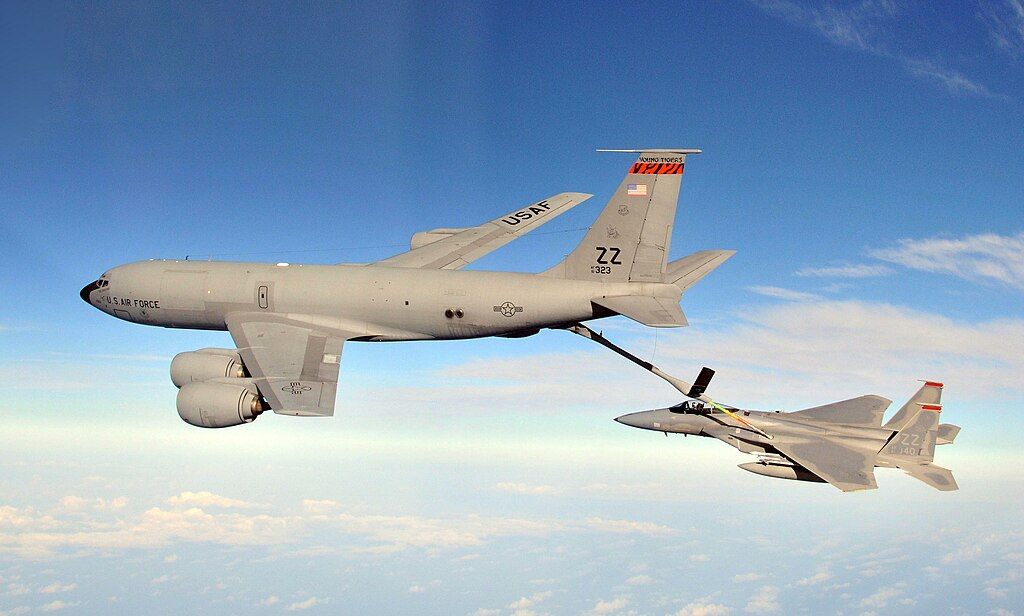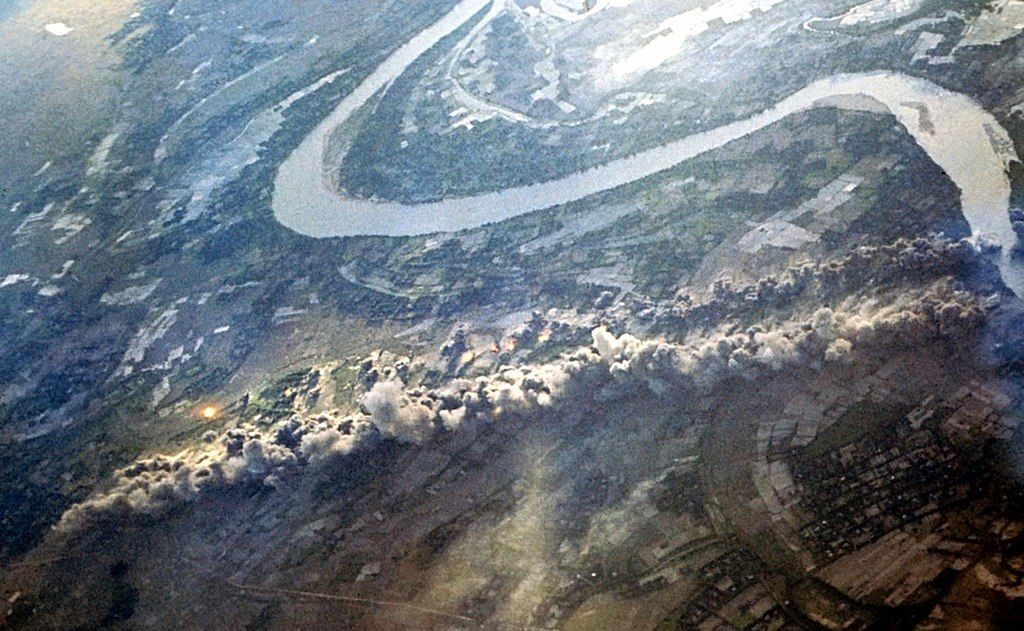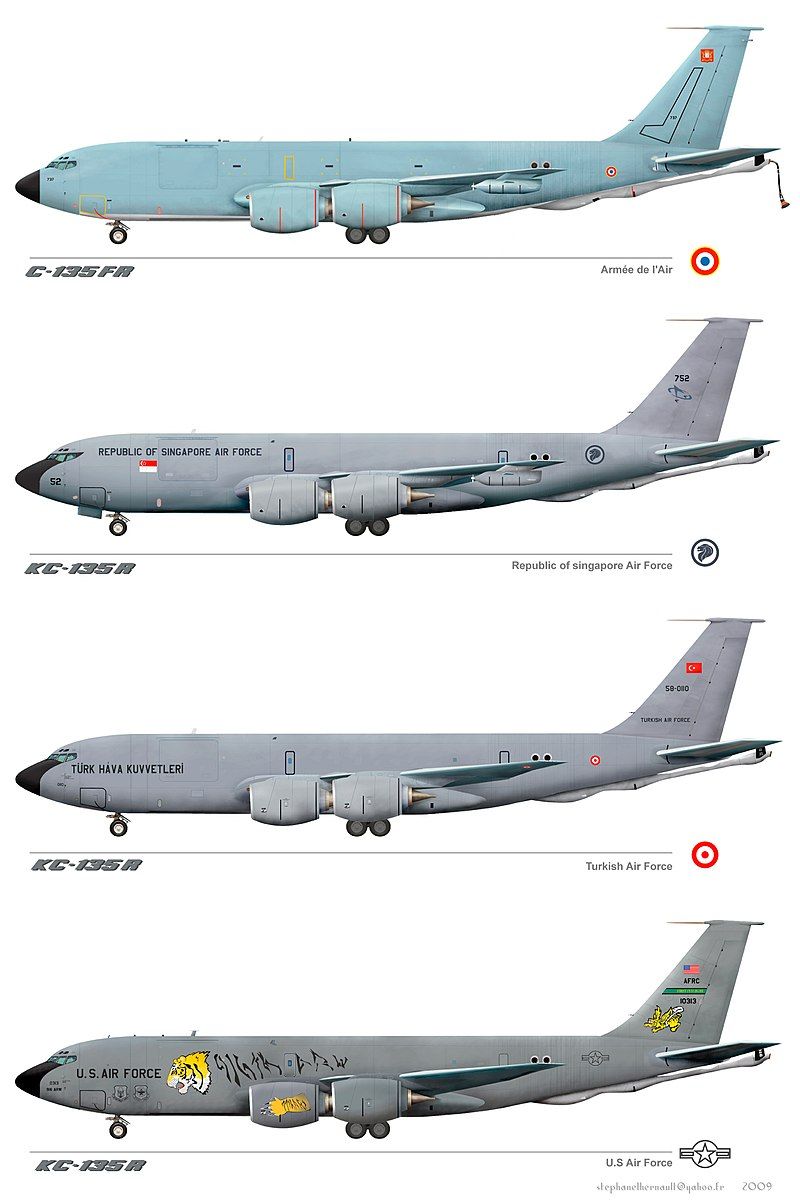Summary
- The Boeing KC-135 Stratotanker has outlasted the McDonnell Douglas KC-10 Extender for midair refueling.
- The KC-135 has played essential roles in US military missions, with notable service in Vietnam and the Persian Gulf War.
- Beyond refueling, the KC-135 is versatile, serving other roles such as aeromedical evacuation and reconnaissance.
In defiance of the original expectations that prevailed in the heady days of the Cold War, the Boeing KC-135 Stratotanker has outlasted the McDonnell Douglas KC-10 Extender (the latter will be fully retired less than two months from now) as the US Air Force’s go-to platform for midair refueling, and the Stratotanker will continue to hold the refueling line for at least a little while longer until Boeing’s KC-46 Pegasus is fully online. As the Fairchild AFB Fact Sheets state:
“The KC-135 and its supporting Airmen have for 62 years been the backbone of global reach and continues to be the flagship force-multiplier of AMC [Air Mobility Command] to this day. It’s projected to remain as a reliable air refueling platform for years to come to support U.S. military and allied partners while deployed and around the world.”
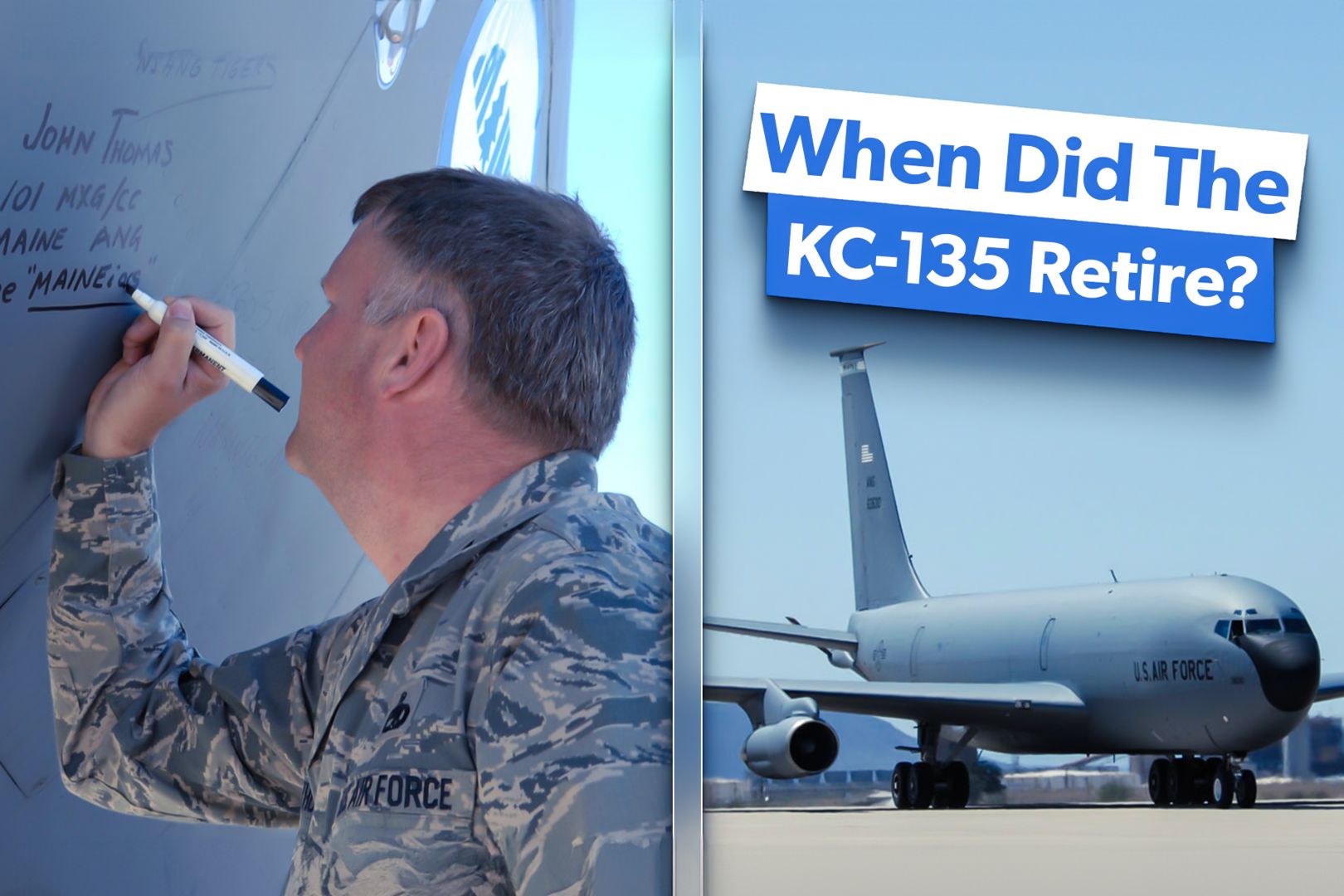
Related
When Did The KC-135 Retire?
The KC-135 was part of a quintet of still-serving US military planes with a service record of 50+ years as of 2022. But she’s finally retiring.
Simple Flying now takes a closer look at the roles that the KC-135 has played in fulfilling US military missions.
Supporting the Vietnam War effort
It was during the Vietnam War that the Stratotanker and its crews first demonstrated their ability to perform in battlefield conditions. To quote the Fairchild AFB Fact Sheets again:
“Vietnam was the first conflict that tested the limits of the KC-135’s capabilities, with Fairchild’s Airmen and aircraft supporting Operations ‘Arc Light’ and ‘Young Tiger’, an on-going bomber support mission, from 1968 until the end of the conflict in 1973.”
“Vietnam became the ‘first tanker war’ with Fairchild Airmen contributing to combat refueling missions lasting 110 months, crews flying more than 194,600 sorties and offloading 1.4 billion gallons of fuel to 813,800 receivers over the duration of the war.”
“Not long before the Vietnam War ended, the 142nd Fighter Interceptor Wing, whose primary mission was intercepting potential attacking aircraft in the Pacific Northwest region, was re-designated as the 141st Air Refueling Wing in November 1972.”
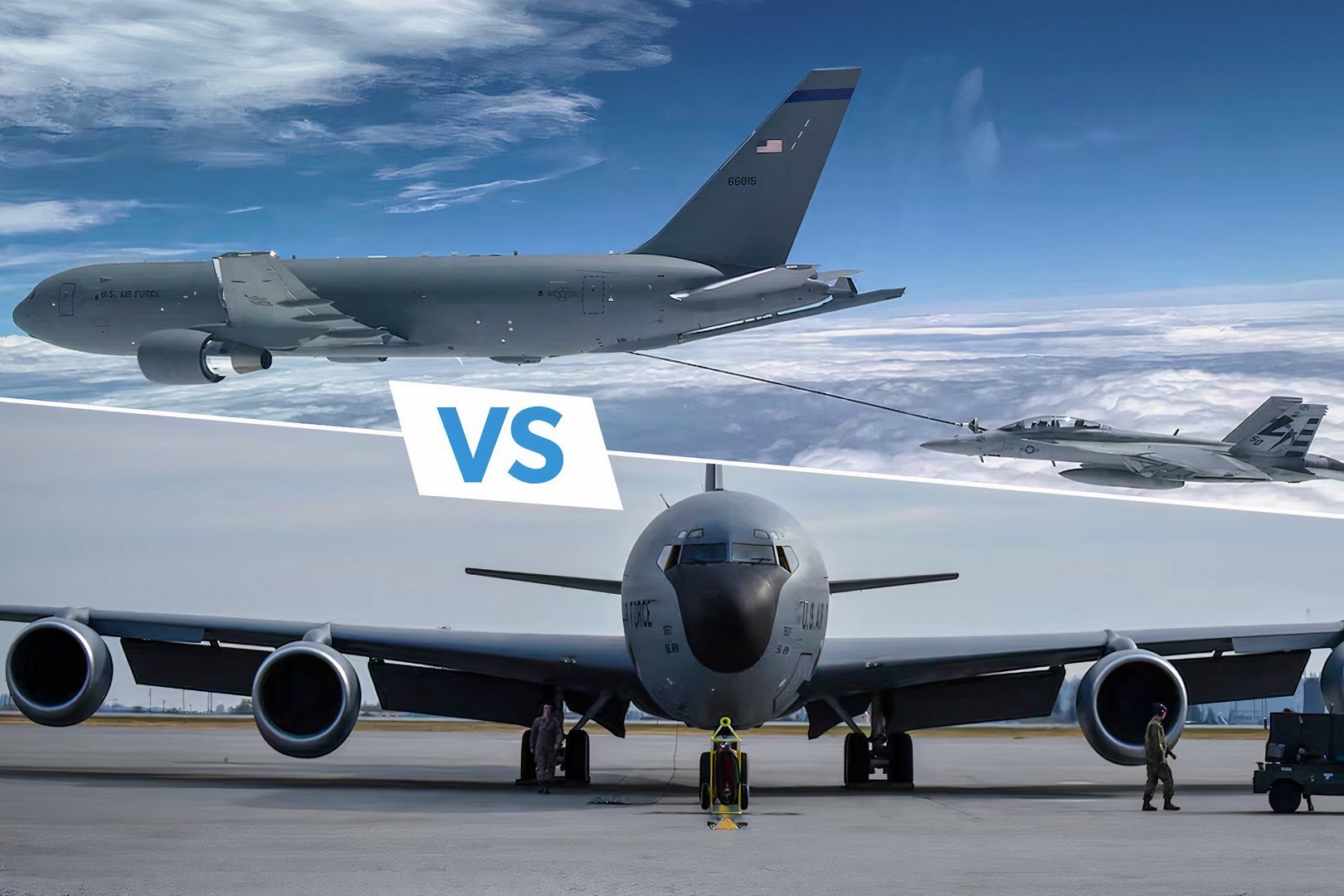
Related
KC-135 Stratotanker Vs KC-46 Pegasus: Comparing The Aerial Refueling Generations
The KC-46 Pegasus is a much-needed replacement for the KC-135 tanker.
Back in October 2023. my Simple Flying colleague, Dr. Omar Memon shared the amazing story of one particular KC-135 driver, Major Alvin L. Lewis, who, in a daring maneuver during a thunderstorm, rescued two F-105 Thunderchief fighters low on fuel by refueling them midair. Read up on the details here:
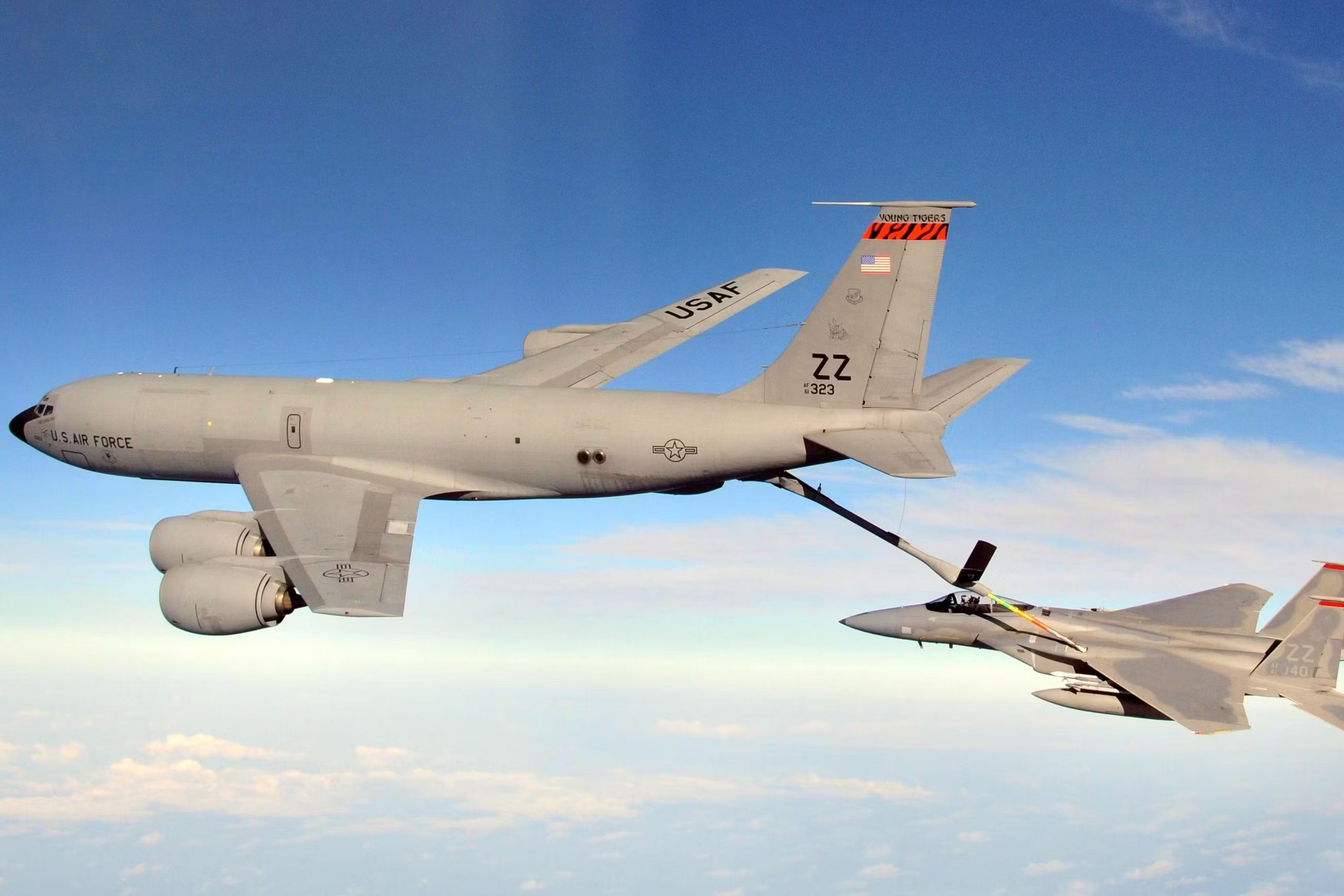
Related
History: The USAF KC-135 Stratotanker Whose 20-Degree Dive Saved A Fighter Jet
One of the two jets had already flamed out.
Into the Storm
Not quite two decades after America’s involvement in the Vietnam War ended, the KC-135 and its intrepid crews would prove their worth in another major shooting war, the 1991 Persian Gulf War AKA Operation Desert Storm, as well as the preliminary mission, Operation Desert Shield:.
“Fairchild Airmen and KC-135s saw action from August 1990 to March 1991, dedicating more than 4,000 hours, 500 sorties and 200 combat sorties, and off-loaded a total of 22.5 million pounds of fuel to such receiver aircraft as the Navy A-6 Intruder, the A-10 Warthog, B-52 Stratofortress, C-5 Galaxy, F-4 Phantom, F-111 Ardvark [sic], F-117A Nighthawk, and the Royal Air Force Tornado GR4.”
“’It’s plain to see how the KC-135 changed warfare,’ said Calistra Alba, 92nd ARW [Air Refueling Wing] historian. “All the U.S military services make use of air-refueling and the KC-135s ability to refuel just about any jet, to include many allied nations and NATO aircraft.”
More than just a refueler
As the truism goes, “You learn something new every day,” and that indeed proved to be the case as I conducted the research for this article. It turns out that the Stratotanker is more than just a tanker, which reflects positively on the warbird’s versatility. As the USAF Fact Sheets on the plane note:
“The KC-135 is also capable of transporting litter and ambulatory patients using patient support pallets during aeromedical evacuations…A basic crew of five (two flight nurses and three medical technicians) is added for aeromedical evacuation missions. Medical crew may be altered as required by the needs of patients.”
Thus the KC-135 further boosts the USAF’s aeromedical evacuation capabilities that are already provided by the C-130 Hercules (and were provided by the McDonnell Douglas C-9A Nightingale in the not-too-distant past).
In addition, Sgt. Novak, the KC-135 boom operator narrating the first video I shared herein (under the Vietnam War subheading) mentions the Stratotanker’s abilities to perform as an airborne command post. Sgt. Novak would’ve been referring to the KC-135B variant, which was equipped with turbofan engines, provided with in-flight refueling capability, and redesignated the EC-135C. Affixed with the model number 717-166, 17 airframes of this variant were built.
Last but not least, to cite the USAF Fact Sheets one more time:
“Through the years, the KC-135 has been altered to do other jobs ranging from flying command post missions to reconnaissance. RC-135s are used for special reconnaissance and Air Force Materiel Command’s [AFMC] NKC-135As are flown in test programs. Air Combat Command operates the OC-135 as an observation platform in compliance with the Open Skies Treaty.”
As the one military joke goes, “Semper Gumby (Always Flexible)!”

